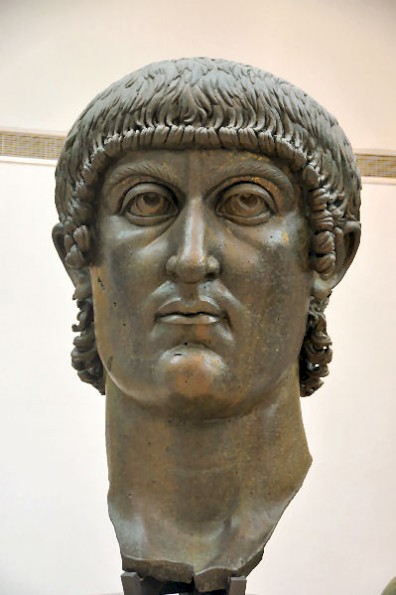Constantinian Dynasty
Q175454Constantinian Dynasty: the family of the emperor Constantine the Great, which ruled (parts of) the Roman Empire from 305 until 363 CE.

The Constantinian Dynasty rose to power in the years of the Tetrarchy, when Constantius I Chlorus (r.305-306) reached the rank of augustus in the west. He was succeeded by his son Constantine the Great (r.306-337), which was technically illegal; however, he overcame all opposition and became sole ruler of the Empire. On his death, Constantine II (337-340), Constans (337-350), and Constantius II (337-361) came to power. When the last-mentioned ruler died, Julian the Apostate (360-363) succeeded him. He was killed in action in a battle against the Sasanian Persians.
Under the House of Constantine, the Empire's frontiers were improved by building powerful castles. Christianity was no longer persecuted and coexisted with the old religions; Julian supported paganism, but on his death, Christian emperors were chosen. In 324, Constantine the Great founded a new residence, Constantinople, was founded, which would in the not too distant future eclipse Rome itself.
After the death of the last member of the dynasty, and after the brief reign of Jovian, the Valentinian Dynasty came to power.